Documenting the effects of nuclear testing on Pokhran’s residents

IN AN IMAGE CAPTURED by the documentary photographer Chinky Shukla, a nine-year-old girl stands in front of a fence and gazes into the camera. Her head looks slightly enlarged and disproportionate to her body. The photograph is from “A Curse in Disguise,” Shukla’s series on people who experienced adverse health conditions following a nuclear test, codenamed Operation Shakti, that was held at Pokhran, Rajasthan, in 1998.
The test involved five nuclear-bomb detonations, and was the second of the two nuclear tests India has conducted at the Indian army’s test range in Pokhran. The first, codenamed Smiling Buddha, was held in 1974. At the time, people from villages surrounding the range were largely unaware of the explosion until it was announced on the radio. But the 1998 test was carried out on a much larger scale, and army personnel instructed villagers to evacuate before the explosion. Despite these precautions, the scale and severity of the test affected villages located between two and five kilometres from the range, including Khetolai, Loharki, Odhaniya and Chacha.
This story is from the May 2019 edition of The Caravan.
Start your 7-day Magzter GOLD free trial to access thousands of curated premium stories, and 8,500+ magazines and newspapers.
Already a subscriber ? Sign In
This story is from the May 2019 edition of The Caravan.
Start your 7-day Magzter GOLD free trial to access thousands of curated premium stories, and 8,500+ magazines and newspapers.
Already a subscriber? Sign In

Mob Mentality
How the Modi government fuels a dangerous vigilantism
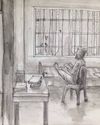
RIP TIDES
Shahidul Alam’s exploration of Bangladeshi photography and activism

Trickle-down Effect
Nepal–India tensions have advanced from the diplomatic level to the public sphere
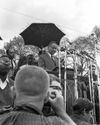
Editor's Pick
ON 23 SEPTEMBER 1950, the diplomat Ralph Bunche, seen here addressing the 1965 Selma to Montgomery March, was awarded the Nobel Peace Prize. The first black Nobel laureate, Bunche was awarded the prize for his efforts in ending the 1948 Arab–Israeli War.

Shades of The Grey
A Pune bakery rejects the rigid binaries of everyday life / Gender
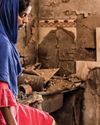
Scorched Hearths
A photographer-nurse recalls the Delhi violence
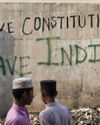
Licence to Kill
A photojournalist’s account of documenting the Delhi violence
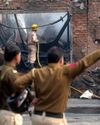
CRIME AND PREJUDICE
The BJP and Delhi Police’s hand in the Delhi violence

Bled Dry
How India exploits health workers

Status Update
India’s telling silence on the Hagia Sophia controversy